What’s the difference between interstate and intrastate for truckers? Navigating the complexities of trucking regulations can be daunting, especially when distinguishing between interstate and intrastate operations. Misunderstanding classifications can lead to compliance issues, operational inefficiencies, and potential legal ramifications.
Ensuring clarity in these distinctions is vital for seamless operations and adherence to the law.

Understanding Interstate vs. Intrastate Trucking
The primary distinction between interstate vs. intrastate trucking lies in the scope of operations. Interstate trucking involves transporting goods across state lines or international borders. In contrast, intrastate trucking refers to transportation conducted entirely within a single state’s boundaries. This classification impacts the regulatory framework governing the operations.
For instance, a delivery from Chicago, Illinois, to Milwaukee, Wisconsin, qualifies as interstate trucking because it crosses state lines. Conversely, a route solely within Texas, such as from Houston to Dallas, is considered intrastate trucking. Recognizing this distinction is crucial for complying with appropriate regulations.
Regulatory Differences Between Interstate and Intrastate Trucking
Interstate trucking is primarily regulated by federal authorities, specifically the Federal Motor Carrier Safety Administration (FMCSA). These regulations encompass driver qualifications, vehicle maintenance standards, and hours of service limitations. Compliance with FMCSA standards is mandatory for interstate operations.
Intrastate trucking, however, falls under state jurisdiction. Each state establishes its own set of regulations, which may align with or differ from federal standards. For example, some states adopt FMCSA regulations entirely, while others implement variations tailored to local needs. It’s imperative for carriers to be well-versed in the specific requirements of the states in which they operate.
Do you want to move a truck fleet or heavy machinery across states but are unsure about the regulations? Talk to our specialists.
Age and Licensing Requirements
Age and licensing criteria also differ between interstate vs. intrastate trucking. The FMCSA mandates that drivers must be at least 21 years old to operate commercial vehicles in interstate commerce. This ensures that drivers have sufficient experience and maturity for cross-border operations.
In contrast, all 50 states permit individuals as young as 18 to obtain a Commercial Driver’s License (CDL) for intrastate trucking. This allows younger drivers to gain experience within state boundaries before advancing to interstate routes. However, these drivers are restricted from crossing state lines until they meet the federal age requirement.
Insurance and Financial Responsibility
Insurance requirements present another area of divergence. Interstate carriers must adhere to federal minimum insurance levels, which vary based on the type of cargo transported. For instance, transporting non-hazardous freight in vehicles over 10,000 pounds requires a minimum of $750,000 in liability insurance.
Intrastate insurance mandates are determined by individual states and can differ significantly. Some states may require higher or lower coverage amounts, depending on local regulations and the nature of the cargo. Carriers must ensure they meet the specific insurance requirements of each state in which they operate.
Hours of Service Regulations
Hours of Service (HOS) regulations govern the allowable driving and rest periods for commercial drivers. Interstate drivers must comply with federal HOS rules set by the FMCSA, which include limits such as driving a maximum of 11 hours after 10 consecutive hours off duty.
States may have their own HOS regulations for intrastate drivers, which can vary from federal standards. For example, a state might permit intrastate drivers to drive up to 12 hours after 10 hours off duty. Understanding and adhering to these state-specific regulations is essential for intrastate operations.
Compliance and Documentation
Maintaining compliance with the appropriate regulations requires meticulous documentation. Interstate carriers must obtain a USDOT number and may need additional operating authority, such as an MC number, depending on their operations. They are also subject to Unified Carrier Registration (UCR) and International Registration Plan (IRP) requirements.
Intrastate carriers typically need to register with their state’s Department of Transportation or equivalent agency. They must comply with state-specific registration, permitting, and tax requirements. Staying informed about and compliant with these obligations is crucial to avoid penalties and ensure smooth operations.
At ATC, we are committed to ensuring your fleet’s compliance and efficiency in both interstate and intrastate operations. Our expertise in vehicle transportation across all 50 states guarantees that your vehicles are delivered safely, timely, and in full compliance with all applicable regulations. Contact us today to experience seamless vehicle transportation tailored to your needs.













